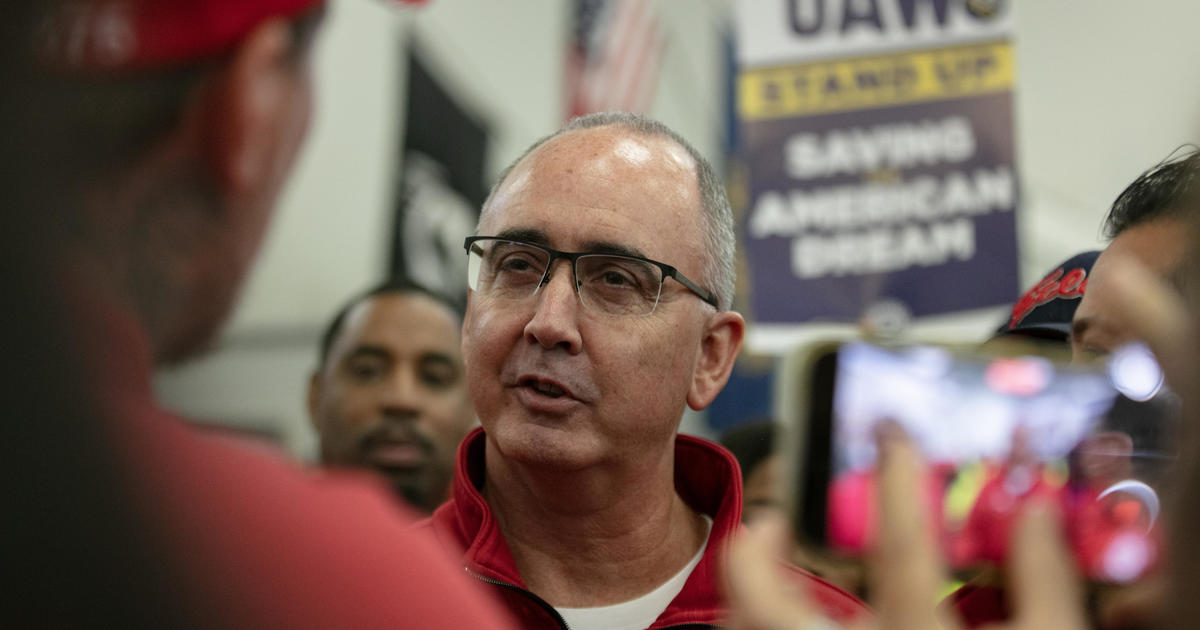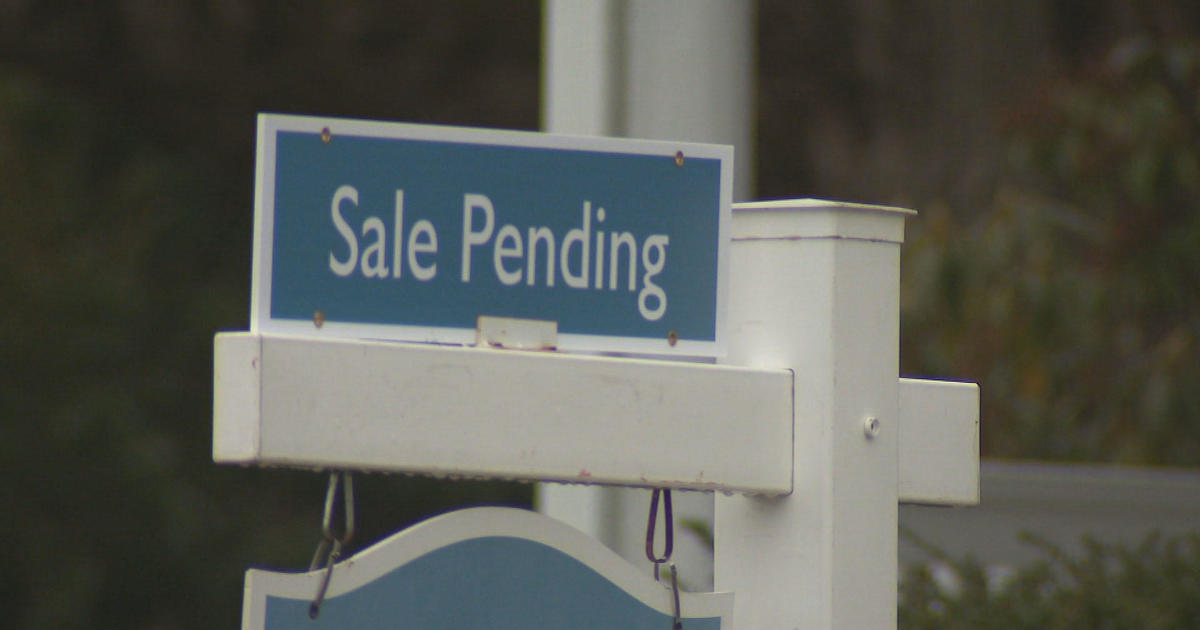Cuts To Education Hurt Granholm's Education Legacy
Gov. Jennifer Granholm spent eight years as the self-proclaimed "education governor,'' working to turn Michigan into a state whose residents could handle stem-cell research as easily as they built cars.
She had some notable successes - adopting higher proficiency standards to better prepare children for college, bringing in new leadership for the Detroit public school system and pushing through a program to help retrain unemployed workers. And her efforts garnered national attention - she was named the national education policy leader of the year in 2009 by the National Association of School Boards of Education.
But as Granholm prepares to depart the governor's mansion, she leaves behind a legacy that fell short as a champion of education. It was never going to be easy - the state's finances were in tatters and the tax base was shrinking on the day she took office. But Granholm ended up cutting higher education funding and putting little new money into the public school system during her tenure.
She went "from the `education governor' to the `eradication governor','' said Oakland County Executive L. Brooks Patterson, a Republican.
To be fair, Granholm often had little choice when cutting education funding. State law required her to order public education cuts when school aid revenues fell below projections, and she had to cut billions from all facets of state spending as Michigan slogged through a decade of economic hardship.
"A cut to education is a cut to the heart - to this heart,'' Granholm said in her first State of the State address. She was referring to a $127 million cut to public school spending she had to make within weeks of taking office in 2003.
Still, Granholm barely held the line on public education funding over her tenure, taking inflation into account. School districts saw increases in per-student payments only four of the eight years she was in office, while absorbing cuts in three years and staying even in one.
Without federal stimulus money, the cuts in state funding would have been even larger. The fact that about 120,000 fewer students are attending public schools than eight years ago, in part because many families have moved away, has saved the state about $1 billion.
At Rochester Community Schools in Oakland County, tight finances forced the 15,000-student district to get rid of its athletic director, business and payroll director, technology manager, one of two curriculum directors and six media center assistants. A private company now handles food services, and students pay to participate in everything from athletics to school plays. Class sizes have increased at every grade level.
The school district nearly had to lay off 30 teachers this year, holding onto them only after many senior teachers accepted a deal from the state to retire. District superintendent Dave Pruneau said he wonders how state officials will pay for education as federal funds disappear and pension costs keep rising.
"They keep trying to solve the problem with one-time fixes. Those one-time fixes are gone,'' Pruneau said.
Political friends and foes alike give the governor credit for some of the steps she took to improve education, including trying to change a culture in which people for decades could get well-paid manufacturing jobs without a college degree.
Granholm pushed through the No Worker Left Behind program so state and federal funds could be used to retrain tens of thousands of laid-off workers at community colleges for high-demand jobs in fields such as health care.
She also took steps to make college or additional training a ``must-have'' for Michigan students. Tougher graduation requirements to make all students college-ready and adopting the ACT as the state's high school proficiency test have sent a message that students must work harder and made the state's curriculum requirements - four years of English and math, three each of science and social studies - a model for other states.
Adopting the ACT "was an excellent move'' because it's a better test and using it allows students who didn't have the money to pay for it to take it for free, said Eileen Weiser. The Ann Arbor Republican, who will rejoin the State Board of Education in January after a previous eight-year stint, notes the lack of money has undercut some of Granholm's other education goals.
Granholm said she held the line as well as she could on the nearly $13 billion school aid budget and is proud of the improvements that have occurred on her watch.
"We are still No. 2 in the country in terms of the percentage of our budget that is devoted to education,'' she said Wednesday. ``What's most important is the reforms, which will last well into the future, and the effort to train adults and get them to go back to college.''
The governor approved a financial overseer for the troubled Detroit public school system, giving emergency financial manager Robert Bobb the authority he needed to close schools, cut wasteful spending and revamp how the schools were run so students got a better education. A judge ruled this week that Bobb overstepped his role, but many Detroit parents have welcomed his efforts to get the district back on track.
And more students are attending universities or community colleges than when Granholm took office, although some of that is because they can't find jobs. Community colleges had 35 percent more students enrolled in 2009 than 2002, with nearly 160,000 taking classes, according to the Michigan Department of Education. Enrollment at the 15 state universities rose 6.6 percent, to around 257,500 students.
Still, the state isn't anywhere near the goal Granholm laid out in late 2004 of doubling the number of college graduates in Michigan in the next decade. The state gained about 250,000 college graduates between 2000 and 2008, but it would need to add about three times that many in the next four years to reach the governor's goal.
Students who do want to attend college have faced rising costs, with tuition and fees hitting an average $9,410 in 2010-11, up 80 percent over 2002-03 and far more than the 15 percent rise in inflation over that period.
Granholm temporarily increased a state college scholarship from around $2,500 to $4,000 in fall 2007 to help students. But she couldn't keep lawmakers from axing it two years later, and state financial aid for students is now only a third of what it was when she took office.
Years of increases have left Michigan's average public university tuition fourth-highest in the nation, according to Mike Boulus of the President's Council, which represents the state's 15 public universities.
He puts the blame for higher tuition on Granholm and legislators who have cut state funding for university operations 12 percent over the past eight years - 37 percent once inflation was taken into account, according to the House Fiscal Agency. Given that the universities have seen enrollment grow, they're getting about 19 percent less on a per-student basis even before inflation is counted in.
"I know she had good intentions but she never was able to ... place higher ed at the priority we thought it should be at,'' he said of Granholm. ``We're now 49th (nationally) in support for higher education.''
Copyright 2010 by The Associated Press. All Rights Reserved



